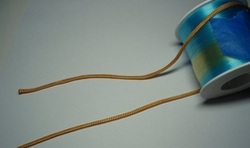
standing line: the part of the line that is not involved in making the knot; the part of the line that "stands still."
tag end: the very end of of the line; the part of the line that is being used to make the knot.
Arbor Knot
The arbor knot is the knot you use to tie line and backing onto your reel. It’s very simple. (Click on the photos to enlarge them.)
Step 1.
Pass the line around the arbor.
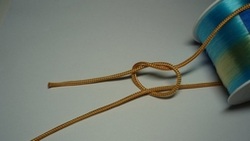
Tie an overhand knot in the standing line.

Tie another overhand knot in the tag end.
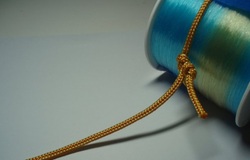
Moisten the knots (saliva will do- the lubrication keeps the line from weakening from the friction of tying.) Hold the tag end on either side of the knots and pull tight. Cut off any excess line above the knot in the tag end. Snug the knot down. All done.
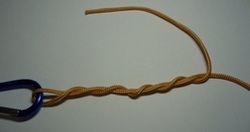
The improved clinch knot is the most popular knot for attaching hooks, swivels, snaps, lures, flies and sinkers on light line (20lb test or less, click on the photos to enlarge them.)
Step 1.
Pass the line through the eye of the hook and wrap the tag end around the standing line five times.
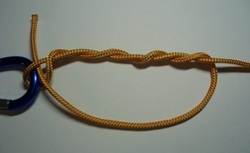
Bring the tag end back and pass it through the loop you created above the eye.
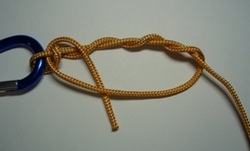
Now pass the tag end back through the big loop.
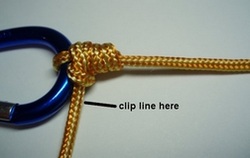
Moisten the knot area. Hold the tag end in one hand, the standing line in the other and and pull slowly at the same time. Slide the coils tight with your fingernail. Clip the tag end.



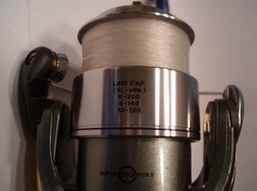
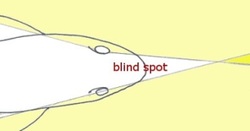
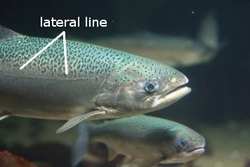
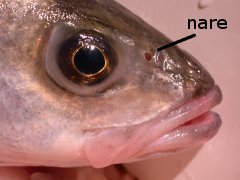
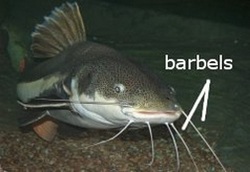
 RSS Feed
RSS Feed
